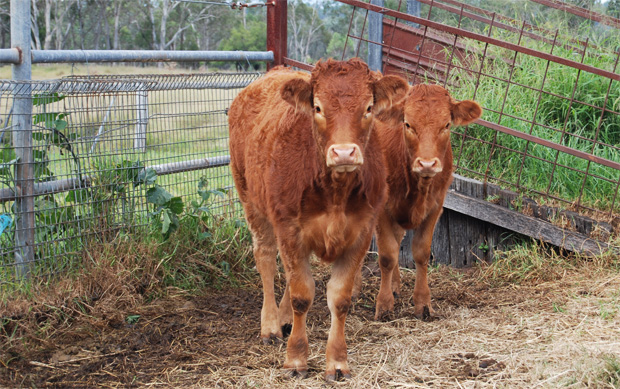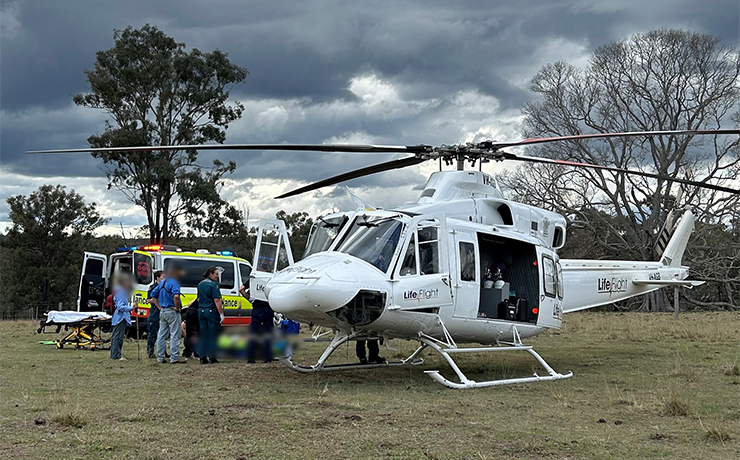
September 26, 2012
A report by the Climate Commission suggests beef production in Queensland could decline substantially by 2050 due to the impact of climate change.
The report, “The Critical Decade, Queensland Climate Impacts and Opportunities” , warns that rising temperatures would mean cattle are likely to suffer heat stress more often (especially in feedlots) leading to reduced appetite, slower growth and lower breeding rates.
It also warns that any decline in rainfall could result in reduced forage and increased pressure at watering points, leading to land degradation.
Parasites like cattle ticks and buffalo fly could also shift in a southerly direction, the report says, increasing the risks of infection, disease and reduced production.
Cattle ticks already cost more than $40 million a year in control measures and are estimated to cost $90 million a year in lost production.
The report also has bad news for fruit and vegetable growers.
It says as temperatures rise, some crops will no longer be able to be grown where they grow now because of heat stress, increased irrigation demands, reduced chilling and maturing times, and increased pest and disease problems.
However, it hopes the development of more heat-tolerant strains of some fruits and vegetables may help combat some of these effects.
Cereal production is also expected to decline by between 7 per cent and 15 per cent by 2030, with increased temperatures and changes to season rainfall patterns both having a negative impact on production.
South Burnett residents could also face an increased risk of tropical diseases.
The report cautions that rising temperatures could help spread Aedes aegypti mosquitoes – which carry dengue fever and Ross River virus – as far as northern NSW by the end of the century if hotter and wetter conditions intensify.
In August 2010, A. aegypti mosquitoes were found at 10 locations in Goomeri.
The report also notes that average temperatures across Queensland have been increasing over the past 60 years and expects average temperatures will rise by 1 degree centigrade above the 1961-1990 baseline by 2030.
There will also be more “extreme heat” days each year, with the number expected to double by 2030 and possibly increase four-fold again by 2070.
- The complete report can be downloaded by clicking here (3.4Mb PDF)























